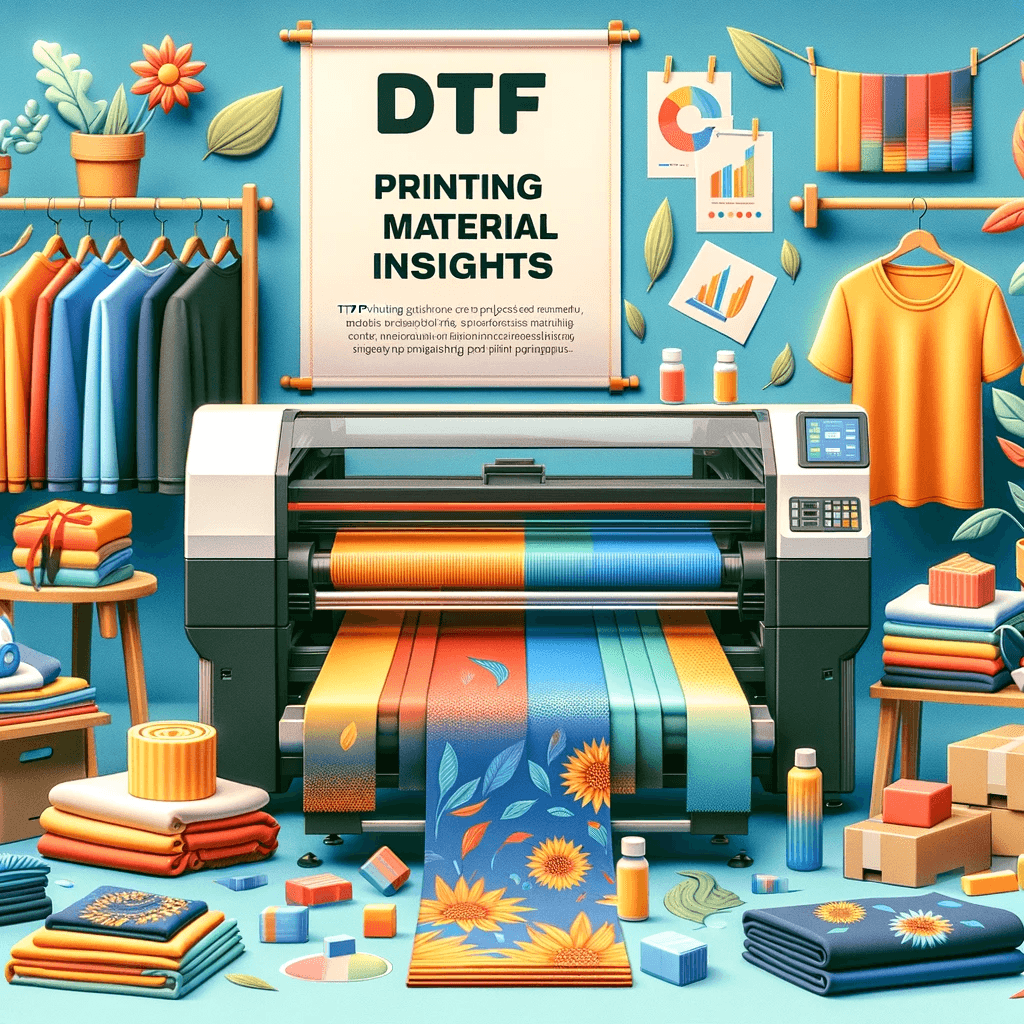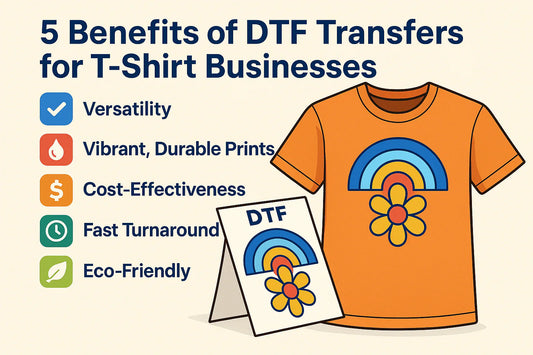DTF Printing Material Insights: Choosing the Best Fabrics for DTF
When it comes to Direct-to-Film (DTF) printing, selecting the right materials and fabrics is crucial for achieving high print quality and durability. DTF printing offers a versatile and cost-effective method for transferring designs onto various textiles, but not all fabrics are created equal when it comes to DTF. Understanding the unique properties of different fabrics can significantly impact the overall quality of your DTF printing projects.
1. Fabric Compatibility
One of the key factors to consider when choosing fabrics for DTF is their compatibility with the printing process. DTF printing works best on fabrics that have a high polyester content or are made from synthetic materials. Polyester fabrics provide a smooth surface for better ink adhesion and transfer, resulting in vibrant and long-lasting prints. Understanding the unique properties of different fabrics can significantly impact the overall quality of your DTF printing projects.
2. Best Fabrics for DTF
Here are some of the best fabrics suited for DTF printing:
-
Polyester: Polyester fabrics are the most common choice for DTF printing. They offer excellent color vibrancy, durability, and are readily available in various weights and textures. Their versatility makes them ideal for a wide range of applications, from fashion to promotional items.
-
Polyester Blends: Fabrics that blend polyester with other fibers, such as cotton or rayon, can also be suitable for DTF printing. However, the more polyester in the blend, the better the print results. These blends offer a balance between the feel of natural fibers and the printability of polyester.
-
Performance Fabrics: Performance fabrics, like spandex or nylon, are often used for sportswear or activewear. These fabrics provide stretch and moisture-wicking properties while maintaining good print quality. Their ability to hold prints during intense activities makes them a popular choice for sports apparel.
3. DTF Transfer Materials
In addition to choosing the right fabrics, using high-quality DTF transfer materials is essential for achieving optimal print results. The transfer films or powders used in DTF printing should have excellent ink absorption and release properties, ensuring that the design transfers smoothly and accurately onto the fabric. Their ability to hold prints during intense activities makes them a popular choice for sports apparel.
4. DTF Print Quality
The quality of DTF prints depends on various factors, including the fabric type, print resolution, and color vibrancy. When selecting fabrics for DTF printing, it's important to consider the desired print quality and choose materials accordingly. Fabrics with a tight weave and smooth surface yield sharper and more detailed prints, while lighter-colored fabrics allow for better ink saturation and vibrant colors. The right combination of fabric and print settings can result in exceptional print quality that stands out in the market.
5. Durability of DTF Prints
The durability of DTF prints is influenced by both the fabric and the printing process. Fabrics with good colorfastness and resistance to fading, stretching, and washing are ideal for long-lasting DTF prints. Additionally, proper curing and post-treatment of the prints can enhance their durability and washability. This ensures that your DTF prints remain vibrant and intact even after prolonged use or multiple washes, which is crucial for customer satisfaction.
By selecting the right fabrics and materials for DTF printing, you can ensure superior print quality, vibrant colors, and long-lasting results. Consider the fabric compatibility, choose polyester-based fabrics, and use high-quality DTF transfer materials to achieve the best possible outcome for your DTF printing projects. Staying informed about the latest developments in fabric technology can further enhance your DTF printing capabilities.












0 comments